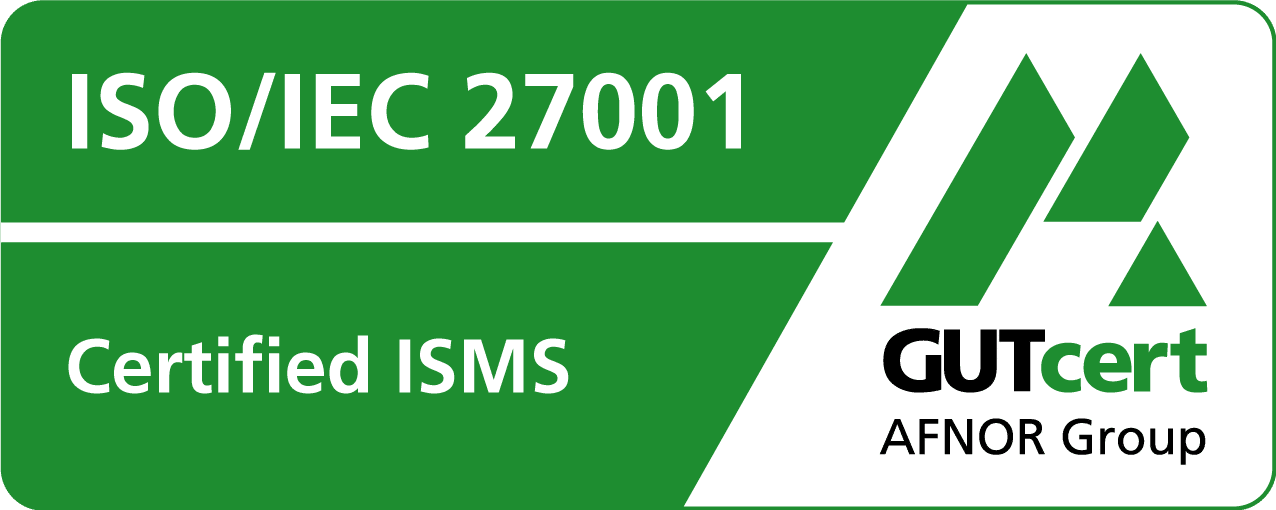Central administration of Linux systems
The efficient administration of a large number of Linux servers is a challenge for every administrator. This applies not only to the installation of systems, but also to the management of installed software and configuration files. This task can hardly be solved manually, but fortunately there are a number of tools that make the administrator’s work easier.
All beginnings are easy: Automatic installation
Regardless of whether you are installing many identical or similar systems or frequently reinstalling test or training systems: An automatic installation makes life easier. There are two solutions for automatic installation in the Linux Enterprise environment: Kickstart (for Red Hat Enterprise Linux) and AutoYaST (for SUSE Linux Enterprise Server). What both solutions have in common is that the installation can be individually modified by running scripts after the basic installation that make special adjustments. The packages to be installed come from an installation server in the network, and a completely unattended installation can even be carried out using PXE boot.
Of course, this works for both physical and virtual machines.A puppet show: Central configuration managementThe Puppet tool allows configuration files to be managed centrally for many systems. The administrator defines the desired state of the systems on the server (the so-called Puppet Master) – Puppet then takes over the most necessary steps to achieve this state. In most cases, only configuration files are stored on the Puppet master, but definitions can also be made for required software packages. Puppet then knows how to install them and which steps to take. The so-called Puppet Agent runs on the managed system, which contacts the Puppet Master at certain intervals and checks whether there is a new instruction for it. Only if this is the case are the corresponding files transferred via an SSL-based protocol. If it concerns the configuration of a service, it is automatically restarted if necessary.
A walk in the park: central software management
In the Linux Enterprise environment, access to updates and patches is via a so-called subscription, which can be purchased from the manufacturer. This allows a server to be instructed to obtain its updates from the manufacturer. The installation of a local update server is recommended so that not all servers in a company/organization have to have individual access to the Internet.the Spacewalk product is the basis for the two commercial products Red Hat Satellite Server and SUSE Manager. Spacewalk offers a number of advantages over its commercial offshoots: It offers freedom of choice for the database used (Oracle or PostgreSQL) and supports other distributions in addition to RHEL and SLES. However, some limitations should not be concealed, such as the lack of automatic synchronization with the Red Hat Network (the update packages must be copied from there via a separate synchronization script).


